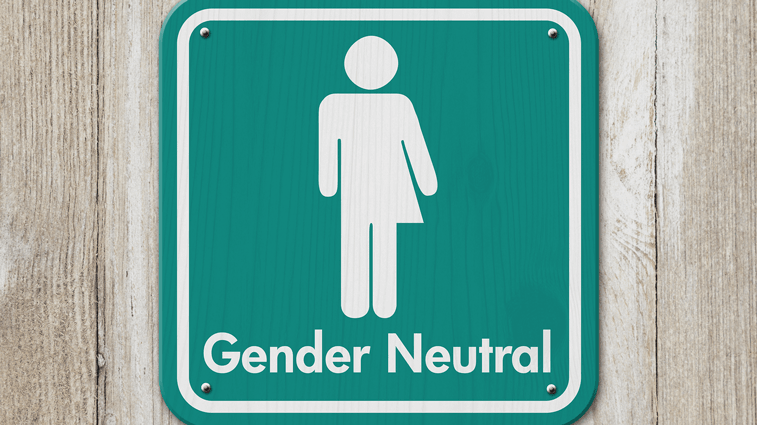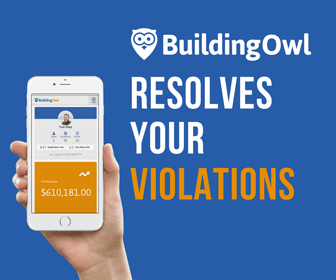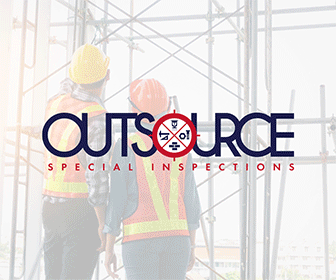
It’s 2019! It’s More Than Just a Sign
A refresher on gender neutral bathroom signs
Heads up to building owners and construction professionals: This July 2019 DOB bulletin serves as a reminder and further provides examples on appropriate signage for ALL your single-occupant restrooms.
We don’t often think about it, but bathroom signs are a key part of fairness and accessibility in public places. NYC makes great efforts to maintain a culture where everyone feels welcomed and accepted. That includes the use of public bathrooms. Hence why Local Law 79 of 2016 requires all single-occupant toilet rooms in New York City built before or after January 1, 2017, be accessible to persons of all sexes and gender identities.
Defining Single-Occupant Toilet Rooms
As a reminder, a “single-occupant toilet room” is defined by LL79 as “...a toilet room with no more than one water closet and no more than one urinal.” This need not be an ADA-accessible toilet room, but it must give desired privacy for a single user, with a door that can be locked from the inside.
This reminder comes on the heels of the statewide Gender Expression Non-Discrimination Act (GENDA) passed in January 2019, prohibiting discrimination based on gender identity or expression across New York State. So, why are there still countless public facilities without appropriate gender-neutral signage that was required back in 2017?
What’s Your Sign?
Here’s what counts as appropriate restroom signage under Local Law 79:
- The sign must indicate, in English and raised Braille, that the toilet room is available to persons of all sexes and gender identities. Possible wording examples include “All Gender,” “Gender Inclusive,” or “Gender Neutral.”
- Signs must be posted on the wall next to the toilet room door at a height of 48-60”, in accordance with New York City Building Code provisions on accessible bathroom signs.
- A pictogram must be included, though the DOB does not have a specific required image (see diagrams below for appropriate examples).

Also, as discussed in “Unisex in the City,” existing buildings aren’t required to add or alter single-occupant restrooms – only to change relevant signs to reflect the law.
So, if your facility qualifies and you haven’t already implemented this change, do so as soon as possible.
Confused about the bulletin or about LL79? Contact Outsource Consultants here.
Resources
- Bulletin
- Local Law 79 of 2016
- Decoder – “Unisex in the City”
- https://www1.nyc.gov/assets/cchr/downloads/pdf/EO16_Single-Sex_City_Facilities.pdf
- https://www1.nyc.gov/site/cchr/media/single-sex-restrooms.page
- https://www1.nyc.gov/office-of-the-mayor/news/508-16/mayor-de-blasio-launches-first-ever-citywide-ad-campaign-affirming-right-use-bathrooms
- https://www.decoderny.com/unisex-bathrooms-new-york
- https://www1.nyc.gov/assets/buildings/local_laws/ll79of2016.pdf
- https://metropolisny.com/2019/05/dob-provides-guidance-on-gender-neutral-signage-for-single-occupant-toilet-rooms/
- https://www1.nyc.gov/assets/buildings/pdf/Single_Occupant_Toilet_Flyer_English.pdf
- https://www.democratandchronicle.com/story/news/politics/albany/2019/06/18/these-bathrooms-new-york-may-soon-gender-neutral/1485947001/








